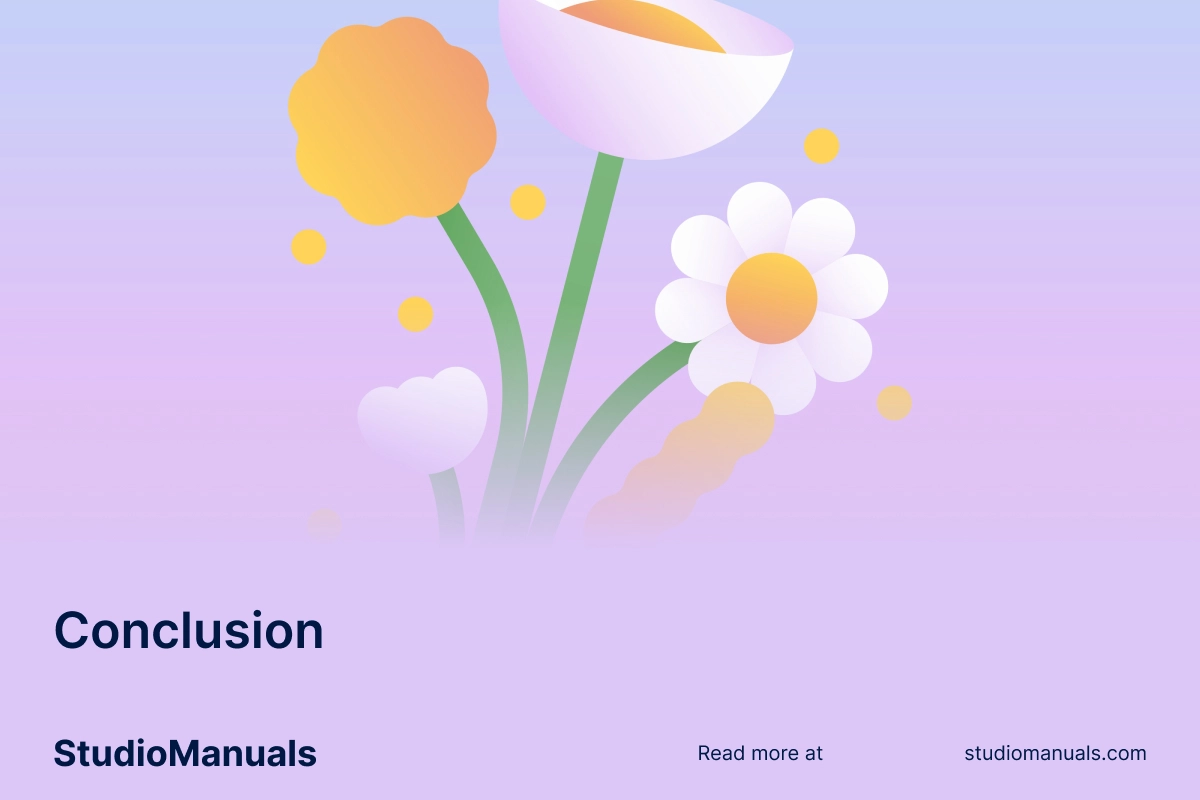In today’s competitive creative landscape, having a standout graphic design portfolio is essential for showcasing your skills, attracting clients, and landing your dream job. A well-crafted digital portfolio not only displays your best work but also reflects your unique style and design philosophy. In this ultimate guide, we’ll explore tips for creating an effective graphic design portfolio and provide inspiring examples to help you get started.
Table of contents:
- Why a Graphic Design Portfolio Matters
- Tips for Creating a Stunning Graphic Design Portfolio
- Inspiring Graphic Design Portfolio Examples
- Conclusion

Why a Graphic Design Portfolio Matters
A graphic design portfolio serves as a visual resume, highlighting your skills, creativity, and professional journey. It is often the first impression potential clients or employers will have of you, making it crucial to present your work in a polished and organized manner. A compelling portfolio can set you apart from the competition and help you land projects or job opportunities.

Tips for Creating a Stunning Graphic Design Portfolio
1. Define Your Brand
Before you start building your portfolio, take the time to define your personal brand. Consider what sets you apart as a designer, your design style, and the type of projects you want to showcase. Your portfolio should reflect your unique identity, so be consistent with colors, fonts, and overall aesthetics.
2. Choose Your Best Work
Quality over quantity is key when it comes to selecting pieces for your portfolio. Choose your strongest projects that showcase a range of skills and techniques. Aim for 8-12 pieces that represent your best work and align with the type of projects you want to attract.
3. Tell the Story Behind Each Project
For each piece in your portfolio, include a brief description that tells the story behind the project. Explain your role, the problem you were solving, the design process, and the outcome. This context helps viewers understand your thought process and the impact of your work.
4. Keep It Organized and Easy to Navigate
An organized portfolio is crucial for making a positive impression. Group similar projects together and use clear headings and sections to guide viewers through your work. Ensure that your portfolio is easy to navigate, whether it’s on a personal website or a platform like Behance or Dribbble.
5. Include a Variety of Work
Showcase a diverse range of projects in your portfolio to demonstrate your versatility as a designer. Include different types of work, such as branding, print design, web design, and illustrations. This variety will appeal to a broader audience and highlight your adaptability.
6. Make It Digital-Friendly
In today’s digital age, having an online portfolio is essential. Optimize your digital portfolio for different devices, ensuring it looks great on desktops, tablets, and smartphones. Use high-quality images and consider using a platform that offers responsive design options.
7. Update Regularly
Your portfolio should be a living document that evolves with your career. Regularly update it with new projects, remove outdated work, and refine your presentation as your skills improve. This not only keeps your portfolio fresh but also reflects your growth as a designer.
8. Seek Feedback
Don’t hesitate to seek feedback from peers, mentors, or industry professionals. Constructive criticism can help you identify areas for improvement and ensure that your portfolio effectively showcases your skills.

Inspiring Graphic Design Portfolio Examples
Here are a few examples of graphic design portfolios that stand out:
1. Jessica Walsh
Jessica Walsh’s portfolio showcases her bold design style and includes a variety of projects, from branding to installations. Each project is presented with stunning visuals and compelling narratives.
2. Adham Dannaway
Adham Dannaway’s portfolio stands out with its interactive and engaging design. He uses unique layouts and animations to highlight his work, making the browsing experience enjoyable for visitors.
3. Yulia Leonovich
Yulia Leonovich’s portfolio combines creativity with clean design. Her use of whitespace and thoughtful organization allows her projects to shine while maintaining a professional look.
4. Tobias van Schneider
Tobias van Schneider’s portfolio features a mix of personal projects and client work. His minimalist approach and striking visuals make for an eye-catching presentation.

Creating an impressive graphic design portfolio is essential for showcasing your skills and attracting potential clients or employers. By following the tips outlined in this guide and drawing inspiration from successful examples, you can craft a digital portfolio that effectively highlights your unique style and capabilities. Remember, your portfolio is a reflection of you as a designer—make it memorable!




